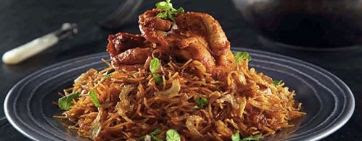Cerebral Malaria
Cerebral Malaria The mechanisms of neural injury in cerebral malaria are poorly understood. despite the fact that the pathogenesis of cerebral malaria is also incompletely understood, an insight into it could provide results in the mechanisms of brain damage. Similarly, descriptions of the prognostic factors for neuro-cognitive sequelae and post-mortem research have provided some knowledge. three observations however increase questions; 1) how does in large part intravascular parasites cause a lot of neuronal disorder? 2) regardless of the massive number of parasites within the brain of maximum sufferers, why is coma so rapidly reversible with treatment and with little or no demonstrable tissue necrosis? 3) no matter similar presentation, why do some children have a negative neurological outcome at the same time as others improve with rarely any deficits? an essential hassle in evaluation of cerebral malaria pathogenesis is the relative paucity of imperative apprehensive gadget pa

